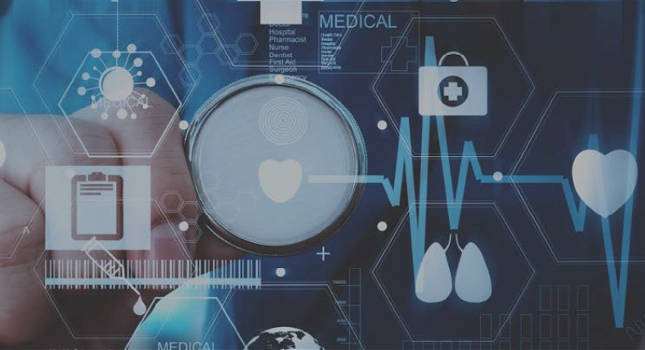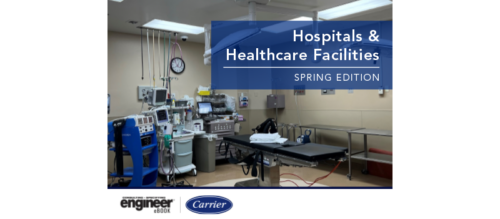24 hours in a Smart Hospital
A look at what defines a smart hospital and how patients can benefit from the advances in smart and integrated technology during a 24-hour stay.
In July, Syska’s Val Loh published an article about smart building technologies at office properties. This month, he tells us about hospitals.
What is a Smart Hospital?
According to Loh, a hospital is “smart” if it uses applicable technologies in clinical care and facility management to ensure that patients have the best possible experience. Let’s imagine what that experience would be like through the hypothetical case of Patient X, who goes to a smart hospital for a surgical procedure that requires an overnight stay. Here’s how X’s day would unfold:

9 a.m. X arrives at the hospital. There’s no need to check in at the front desk because X is already registered through the hospital’s mobile app or web portal. The app, which offers wayfinding through GPS and real-time location services (RTLS), tells X exactly where to go — G Wing, eighth floor, room 810 — and how to get there. X follows the instructions and enters the appropriate reception area.
9:10 a.m. X “signs in” by placing his palm on a biometric scanner or by entering a PIN code. A nurse brings X to an exam room and takes the patient’s vital signs, all of which are automatically registered in the hospital app and shared immediately with X’s doctor, who is notified that X awaits a preliminary consultation. The doctor enters and pulls up X’s information on a large monitor, explaining the status and next steps. Subsequently, X is brought to the OR and the surgery begins.
1 p.m. The surgery was successful. Following several hours in the recovery ward, X is ready to be taken to a patient room. An aide brings X to the designated room and demonstrates how to use the integrated remote control. This is not your everyday remote control: It represents advanced “internet of things.” By using it, X can adjust the temperature and lighting in the room, call a nurse, lower or raise the window shades, or watch TV, all without having to move from the bed and incur the risk of a fall.
3 p.m. X, who needs assistance with getting to the restroom, presses the call button on the remote control. The nurses’ station is immediately alerted via an audio alarm and a flashing light. A nurse arrives shortly to help.
7 a.m. the next day. X’s doctor sees on the app that the patient’s vital signs are fine – they’ve been automatically recorded on the app throughout the night – and comes to the room to initiate a discharge. No paperwork is necessary. The post-op instructions are saved in the app for X to review. In the upcoming days, X will communicate with the doctor via the app. Meanwhile, the app will automatically report readings from the blood pressure and oxygen monitors that X uses at home, both of which are wireless-enabled.
7:15 a.m. An aide uses the hospital app to request a wheelchair to take X to the hospital exit. Facility management knows exactly where the closest available wheelchair is because it is equipped with an RTLS tag and appears on the hospital’s digital twin model. Consequently, the staff can immediately bring it to X’s room.
9 a.m. X completes a patient satisfaction survey via the app, giving high scores across the board for service, facilities and quality of care.
X isn’t the only one who’s satisfied. So are the doctors, nurses and operations staff, who appreciate the efficiency of smart technologies. In the upcoming years, the capabilities of these technologies will expand exponentially to incorporate more robotics, artificial intelligence and data analytics. The more data collected by sensors, the better decisions hospitals can make – decisions that streamline operations, save money, conserve energy and improve patient outcomes. That’s a prescription for progress.
Do you have experience and expertise with the topics mentioned in this content? You should consider contributing to our CFE Media editorial team and getting the recognition you and your company deserve. Click here to start this process.



